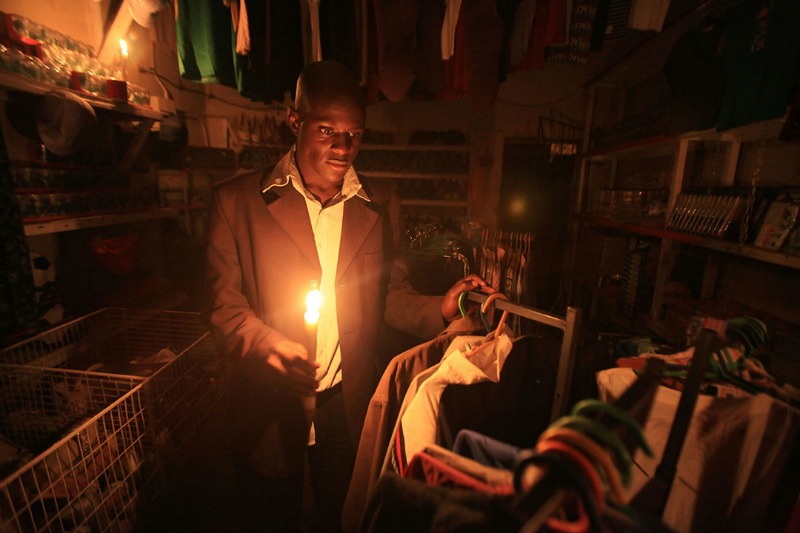
In September, Mitchell Matarause delivered her baby boy by candlelight at a clinic in Harare, Zimbabwe’s capital.
It was after sunset and the electricity supply had been cut.
“Midwives were using candles and torches for lighting,” said the 26 year old, holding her second-born. “I delivered in the evening, there was no electricity.
“There was a candle on the table. I heard the midwives say that they could not see properly, so they had to use torches as additional light sources. As one midwife assisted me, the others held the torches.
“I was just praying I deliver well, without complications. I feared the worst and sighed with relief when it was over.”
High-quality maternal healthcare is difficult to access and provide in Zimbabwe, a country struggling with regular power outages – sophisticated equipment relies on electricity.
Women across the country have reported similar experiences to Matarause, relying on a small flame or a cellphone to provide enough light to give birth safely during power blackouts.
Earlier this year, the state-owned Zimbabwe Electricity Supply Authority (Zesa) introduced 18-hour load shedding after reducing electricity generation due to low water levels in Lake Kariba, its main source of power.
While the power is not switched off at large referral hospitals in Harare, such as Harare Central Hospital and Parirenyatwa Hospital, it is cut at most facilities in residential suburbs and rural areas.
A midwife at Mufakose Polyclinic, where Matarause welcomed her child, said the team usually asks pregnant mothers to provide their own lighting.
“[We] ask them to bring bulbs with batteries as it is difficult to see when using candle lights,” she told Al Jazeera.
Most women in Zimbabwe deliver at state-run hospitals, which charge a small fee, about 200 Zimbabwean dollars, that goes towards basic equipment.
The cost of giving birth at private hospitals is about 5,000 Zimbabwean dollars, a sum that is out of reach for most – civil servants earn just 500 Zimbabwean dollars on average each month.
Zimbabwe turns to solar energy to reduce maternal mortality rate
Because of power outages, some hospitals purchase fuel at cost price from service stations for generators [Farai Shawn Matiashe/Al Jazeera]
Power blackouts threaten to worsen maternal mortality rates, which the Zimbabwe Demographic and Health Survey estimates at 651 deaths per 100,000 live births.
According to UNICEF, two regions, sub-Saharan Africa and South Asia, account for 86 percent of maternal deaths worldwide.
The United Nations Population Fund describes Zimbabwe’s rate as “unacceptably high”, even as the last five to 10 years show a decline.
Some hospitals and clinics, including private facilities, use fuel generators, but this option is out of reach for many – diesel and petrol are expensive with a 300-percent inflation rate as of August 2019, according to the IMF.
The fuel price is determined by the Zimbabwean dollar and US dollar interbank exchange rate.
At the time of writing, petrol was trading at around 16.6 Zimbabwean dollars a litre, while diesel was up at 17.43 Zimbabwean dollars.
At Chiredzi Hospital, a government-run facility almost 500km southeast of Harare, when authorities fail to purchase fuel for generators, midwives do whatever it takes to save lives.





